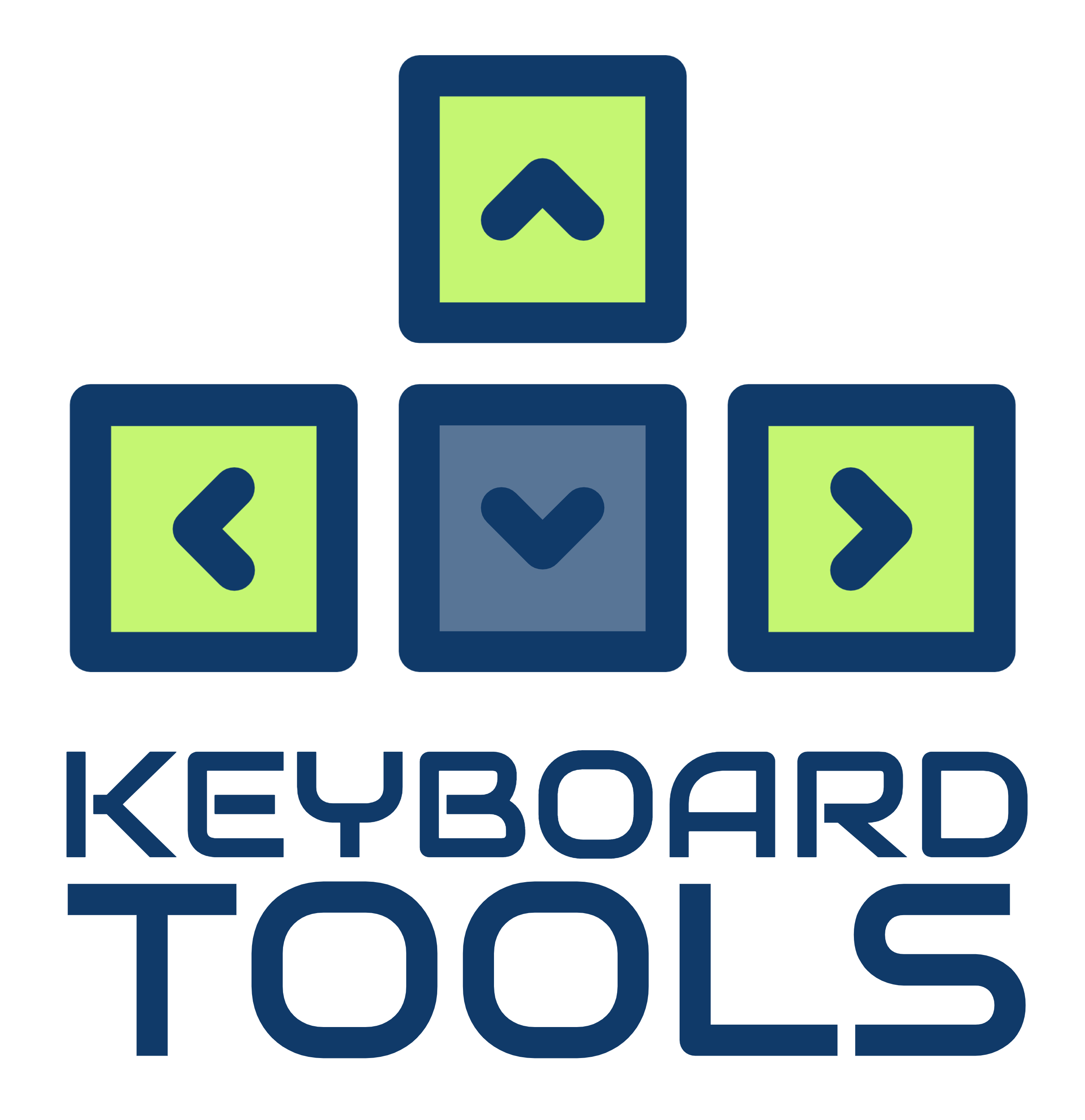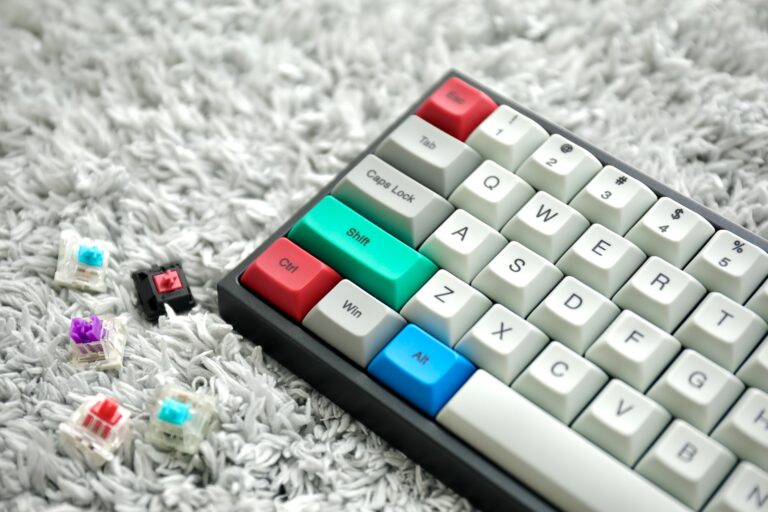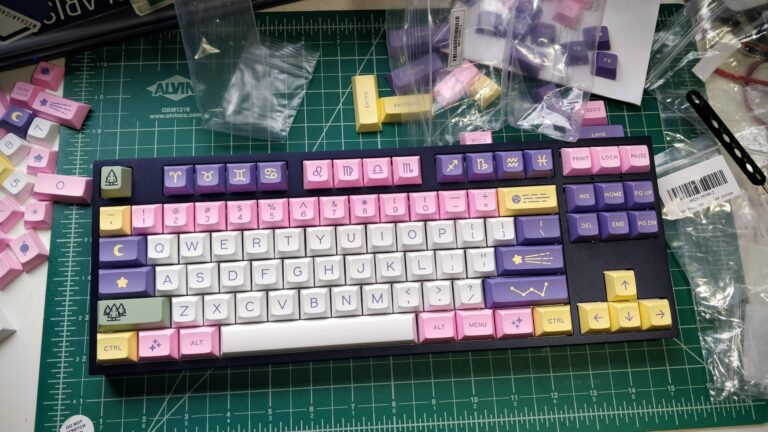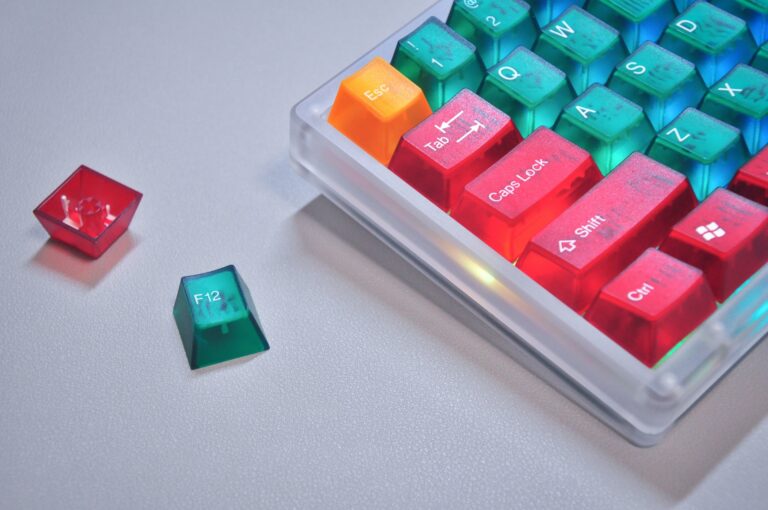In today’s fast-paced world, where efficiency and productivity are key, it’s crucial to find innovative ways to optimize our daily tasks. One area that often goes overlooked is our keyboard layout. Most of us are familiar with the QWERTY layout, but what if there was a better option?
Enter custom key layouts, a rapidly emerging trend in the world of productivity. By reimagining the positioning of keys on our keyboards, we can unlock a whole new level of efficiency, speed, and comfort. From the ergonomic Dvorak layout to the intuitive Colemak layout, there are numerous alternatives that promise to revolutionize the way we interact with our devices.
In this article, we will explore the benefits of custom key layouts and how they can enhance our productivity in both personal and professional settings. Whether you’re a writer, a programmer, or simply someone who spends hours typing every day, it’s time to go beyond QWERTY and discover the limitless possibilities of custom key layouts.
The Limitations of the QWERTY Keyboard
The QWERTY keyboard layout, designed in the 19th century for typewriters, has become the standard for modern computer keyboards. While it may be familiar and widely used, it has its limitations when it comes to efficiency and typing speed. One of the main issues with QWERTY is the clustering of commonly used letters on the home row, which can lead to finger fatigue and increased typing errors. Additionally, the layout was designed to prevent mechanical jamming in typewriters, not to optimize typing speed or ergonomics.
Benefits of Custom Key Layouts for Enhanced Productivity
Custom key layouts offer a solution to the limitations of QWERTY by reorganizing the keys based on various principles. These layouts are designed to improve typing speed, reduce finger movement, and provide a more ergonomic typing experience. By rearranging the keys, custom layouts can distribute the typing load more evenly across the fingers, reducing strain and fatigue. This can result in increased typing speed and accuracy over time, ultimately enhancing productivity.
Another advantage of custom key layouts is the ability to personalize the keyboard to suit your specific needs. Whether you’re a writer, a programmer, or someone with a unique typing style, custom layouts allow you to optimize the keyboard to match your preferences and workflow. This level of customization can lead to a more comfortable and efficient typing experience, ultimately boosting productivity.

Popular Custom Key Layouts
There are several popular custom key layouts that have gained traction among users looking to enhance their productivity. One such layout is the Dvorak Simplified Keyboard, developed in the 1930s by Dr. August Dvorak and his brother-in-law, Dr. Dealey. The Dvorak layout is designed to minimize finger movement and maximize typing efficiency. It places the most commonly used keys on the home row, where the fingers naturally rest, and aims to reduce strain on the pinky fingers. While the Dvorak layout requires some adjustment compared to QWERTY, many users find that it significantly improves their typing speed and comfort.
Another popular custom key layout is Colemak, which was developed in 2006 by Shai Coleman. Colemak is designed to be a more balanced alternative to both QWERTY and Dvorak. It retains many of the common shortcuts and key placements of QWERTY, making it easier for users to transition. Colemak places a heavy emphasis on minimizing finger movement and optimizing the most frequently used keys. Many users report increased typing speed and reduced strain on their fingers after switching to Colemak.
Custom Key Layouts for Specific Professions or Tasks
While custom key layouts can benefit anyone seeking enhanced productivity, certain professions or tasks may have specific layouts tailored to their needs. For example, programmers often prefer layouts that prioritize easy access to common programming symbols, such as brackets and semicolons. The Programmer Dvorak layout is specifically designed for coding, placing these symbols in easily accessible positions.
Similarly, writers may benefit from a layout that optimizes access to punctuation and commonly used words. The Carpalx layout is one such option, with a focus on minimizing the distance traveled by the fingers and reducing strain.
It’s important to note that while these profession-specific layouts can be advantageous, they may require some adjustment and practice to become proficient. However, the long-term benefits in terms of speed, accuracy, and reduced strain make the learning curve worth it for many users.

Tools and Software for Custom Key Layouts
To make the switch to a custom key layout easier, there are various tools and software available that can assist in the transition. Keyboard remapping software, such as AutoHotkey or Karabiner, allows you to remap keys on your physical keyboard to match your desired layout. This can be particularly useful if you prefer using a physical keyboard rather than a virtual one.
Additionally, there are online typing tutors and practice platforms specifically designed for custom key layouts. These platforms provide lessons, drills, and typing tests tailored to different layouts, helping you improve your proficiency and accuracy over time.
Tips and Tricks for Maximizing Productivity with Custom Key Layouts
Once you’ve successfully transitioned to a custom key layout, there are several tips and tricks you can employ to maximize your productivity:
- Customize Shortcuts: Take advantage of the ability to customize keyboard shortcuts in your software and applications to streamline your workflow. Assign frequently used commands to easily accessible keys, saving you time and effort.
- Use Text Expansion Tools: Text expansion software allows you to create shortcuts for commonly typed phrases, saving you from repetitive typing. This can be particularly useful for tasks such as email responses or coding snippets.
- Practice Regularly: Even after transitioning to a custom key layout, regular practice is essential to maintain and improve your typing speed and accuracy. Set aside time each day for typing exercises or use typing games to keep your skills sharp.
- Explore Additional Productivity Tools: Custom key layouts are just one aspect of enhancing productivity. Consider exploring other tools and techniques, such as task management apps or time tracking software, to further optimize your workflow.
Embracing Custom Key Layouts for Improved Productivity
While the transition to a custom key layout may require some initial effort and adjustment, the long-term benefits in terms of productivity and well-being make it a worthwhile endeavor. By exploring different layouts, choosing the right one for your needs, and utilizing tools and resources, you can unlock a whole new level of efficiency and comfort in your daily tasks. So, why limit yourself to QWERTY when there are endless possibilities waiting to be discovered? Embrace the world of custom key layouts and unleash your true productivity potential.







